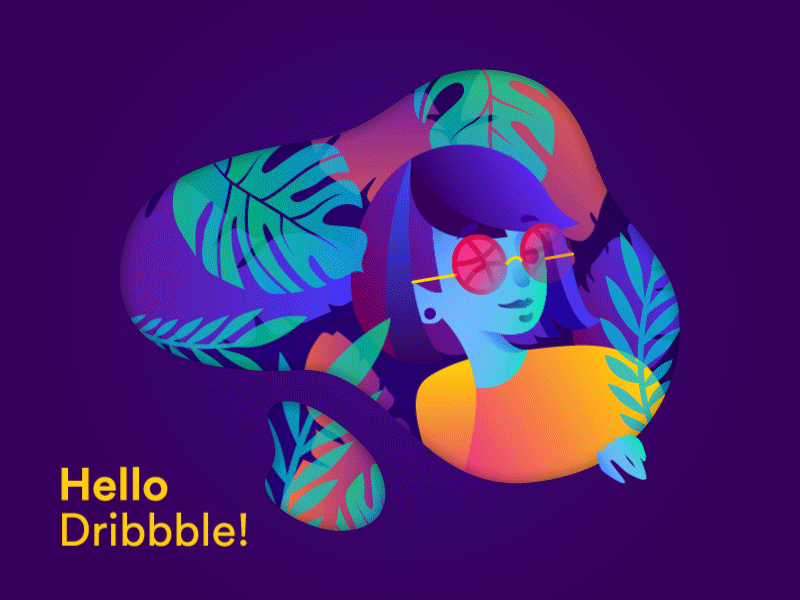dripdrop
I worked as a designer on a team to create a game from scratch with 25 levels. We collected user data, conducted an A/B test and made heatmaps and burndown charts to improve the game over multiple iterations. I developed the game concept, features, and mechanics, designed art assets, animations, and levels, and analyzed game data over each of 3 public releases.
IDEA GENERATION
In the paper prototype, the player collects green pieces to grow and red pieces to shrink. They either fit through small spaces or crash through walls accordingly.
VISUAL DESIGN
The visual aesthetic was inspired by fantasy-like images of nature.
I put together a moodboard with the other designer to guide the direction of our game’s visual design. Our idea was to create a type of tropical rainforest with dark backgrounds and bright, colorful, glowing assets.
Inspiration from dribble for our moodboard
First iteration of asset design
GAME MECHANICS
Dewd Drewp the dew drop dewde has found himself far, far away from his fellow friends at the falls. Insects and plants alike are doing everything in their power to prevent our bubbly buddy from going home. Will Drewp ever careen over the cascade with his cronies again?
Strategic Challenges
The player moves by using water to propel forward but will die if all water is used up. Water droplets are deliberately placed throughout each level and can be collected. At times the player must decide between navigating through difficult terrain to get droplets or making the water they have last. They can also use more water to move faster, but risk running out of water and dying.
Dangerous obstacles are red and must be avoided. You can shoot bugs to kill them but must use up some of your water to do so.
We created levels with varying obstacle combinations on paper and recreated them digitally for Unity.
ANALYTICS
Our analytics revealed that we had some issues with user retention.
After our internal Alpha and Beta releases, we shared the game with friends. Our analytics revealed that we had some issues with user retention. There was a high death rate and low completion rate on level 1 but a steadier dropoff rate after level two, which suggested that users were struggling to learn the controls of our game.
An A/B test and data from each release helped determine additional issues with the game.
CONCLUSION













